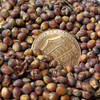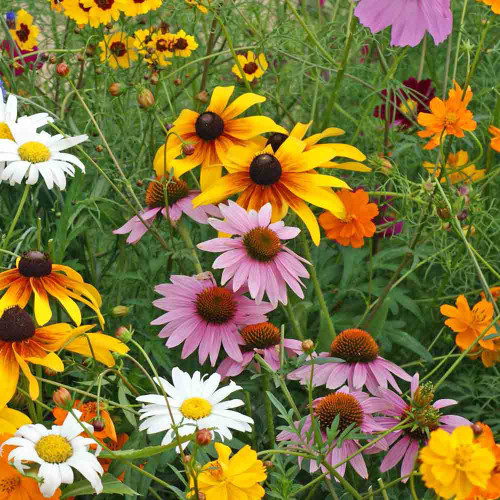Description
Mennonite Sorghum
Its name comes from the Mennonite family that grew this variety for many years for a sorghum mill in Jamesport, MO, this great dual-purpose heirloom cane sorghum was originally grown for syrup and grain, but has several other uses. The nutritious seed can be used to make flour or for popping, while the mature plants make wonderful windbreak rows and are then topped by reddish brown plumes of seed which the birds love. The red hulled, very thick stalks are 4-8' tall, produces good yields and lots of grain which can be easily cleaned by rubbing over a sieve or large screen.
The juice from the mature stalks is sweet and can be pressed and boiled into syrup. Adults and kids enjoy chewing on the stalks in the garden like sugar cane. It doesn’t take a lot of space to grow enough sorghum cane to make syrup, 6 square feet of cane can give you a quart of syrup after simmering down into the thick, full-bodied syrup. A little goes a long way, as many have found a teaspoon in their tea or morning coffee adds a wonderful flavor dimension to the drinks, or drizzle a little on vanilla bean ice cream.
The large seeds are also edible as a grain crop and taste a lot like lentils. The seeds also pop well for use as a breakfast cereal, pop just as you would popcorn.
History
Northeastern Africa is thought to be the origin and early domestication of sorghum. An archeological dig at Nabta Playa, near the Egyptian-Sudanese border, dated 8,000 B.C provides the earliest known record of sorghum. The movement of various tribal groups spread sorghum throughout Africa, where it adapted to a wide range of environments from the highlands of Ethiopia to the semi-arid Sahel. Selection and growing environments eventually gave rise to five different distinct varieties of sorghum.
Trade then spread the seed to India and China and eventually into Australia. The first known record of sorghum in the United States comes from Ben Franklin in 1757 who wrote about its application in producing brooms.
Uses
Cook whole grains like rice and quinoa, mill it as a gluten-free flour, substituting it at a 1:1 ratio. Pop the grains like popcorn for a delicious, satisfying nutty snack or as a breakfast cereal. Stalks are juiced and boiled to make a very sweet, light-colored syrup.
Sorghum improves soil health and fertility through its roots with increased organic matter, retaining important soil nutrients and moisture. If the stalks aren’t used for syrup, cutting them in the fall and letting decay as a mulch captures and retains moisture, reduces wind erosion, and adds nutrients back into the soil.
Sorghum helps wildlife populations thrive as a preferred food choice for quail, pheasants and many other species of birds. It’s many leaves and sturdy structure creates wildlife habitat and protection from the elements during harsh winters and extreme summer heat.
Growing Tip
Plant sorghum about ten days after the proper corn-planting dates in your area. Plant in rows or in hills.
Harvesting Tip
You can judge the proper harvesting time for the juice of the stalks by the condition of the seed heads. When the seeds are no longer milky, but still in the doughy stage, it is time to cut for juicing. When your thumbnail will no longer dent the seed the ideal time for harvesting for syrup has passed. Than, you can use the seed heads as a grain.
Learn More
From the soil to the seed to the food you eat - we'll help you grow your best garden!



















